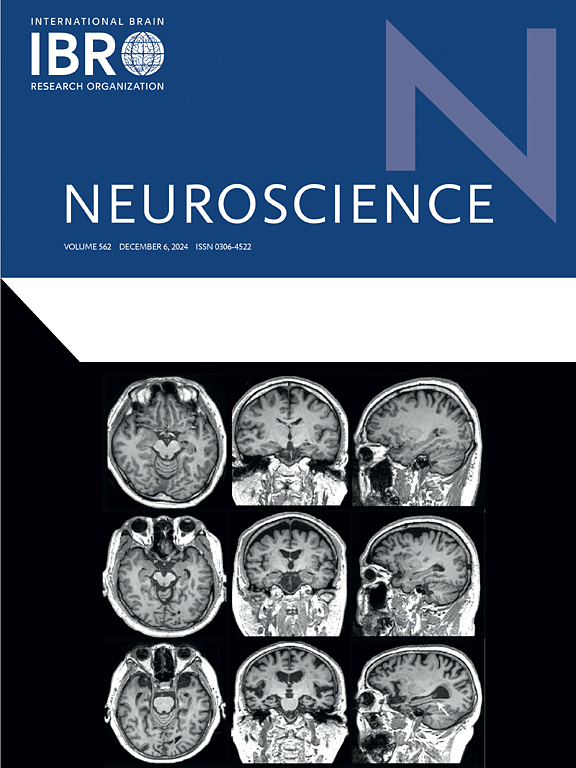Role of Blood-Brain barrier in bacterial translocation
IF 2.8
3区 医学
Q2 NEUROSCIENCES
引用次数: 0
Abstract
The blood–brain barrier (BBB) is a highly selective, semi-permeable barrier that separates the circulating blood from the brain and extracellular fluid in the central nervous system (CNS). Its primary function is to protect the brain from pathogens and toxins while allowing the passage of essential nutrients and gases. Bacterial translocation, the process by which bacteria move from the gut or other peripheral sites to normally sterile tissues, including the CNS, poses a significant challenge to the integrity of the BBB. This paper explores the role of the BBB in bacterial translocation, emphasizing its defense mechanisms and the conditions under which these defenses can be compromised. In normal physiological conditions, the BBB employs tight junctions between endothelial cells, active efflux transport systems, and metabolic barriers to prevent bacterial entry. However, certain bacteria have evolved mechanisms to breach the BBB, including the production of enzymes that degrade tight junction proteins, receptor-mediated transcytosis, and the induction of inflammatory responses that weaken BBB integrity. So, advances in this field may lead to novel therapeutic approaches that enhance BBB integrity or inhibit bacterial translocation mechanisms, thereby reducing the incidence and severity of bacterial infections in the brain.
血脑屏障在细菌易位中的作用。
血脑屏障(BBB)是一种高度选择性的半透性屏障,可将循环血液与脑和中枢神经系统(CNS)的细胞外液分开。它的主要功能是保护大脑免受病原体和毒素的侵害,同时允许必需的营养物质和气体通过。细菌易位,即细菌从肠道或其他外周部位转移到正常无菌组织(包括中枢神经系统)的过程,对血脑屏障的完整性构成了重大挑战。本文探讨血脑屏障在细菌易位中的作用,强调其防御机制和这些防御可能被破坏的条件。在正常生理条件下,血脑屏障利用内皮细胞之间的紧密连接、主动外排运输系统和代谢屏障来阻止细菌进入。然而,某些细菌已经进化出破坏血脑屏障的机制,包括产生降解紧密连接蛋白的酶,受体介导的胞吞作用,以及诱导削弱血脑屏障完整性的炎症反应。因此,这一领域的进展可能会导致新的治疗方法,增强血脑屏障完整性或抑制细菌易位机制,从而降低大脑细菌感染的发生率和严重程度。
本文章由计算机程序翻译,如有差异,请以英文原文为准。
求助全文
约1分钟内获得全文
求助全文
来源期刊

Neuroscience
医学-神经科学
CiteScore
6.20
自引率
0.00%
发文量
394
审稿时长
52 days
期刊介绍:
Neuroscience publishes papers describing the results of original research on any aspect of the scientific study of the nervous system. Any paper, however short, will be considered for publication provided that it reports significant, new and carefully confirmed findings with full experimental details.
 求助内容:
求助内容: 应助结果提醒方式:
应助结果提醒方式:


